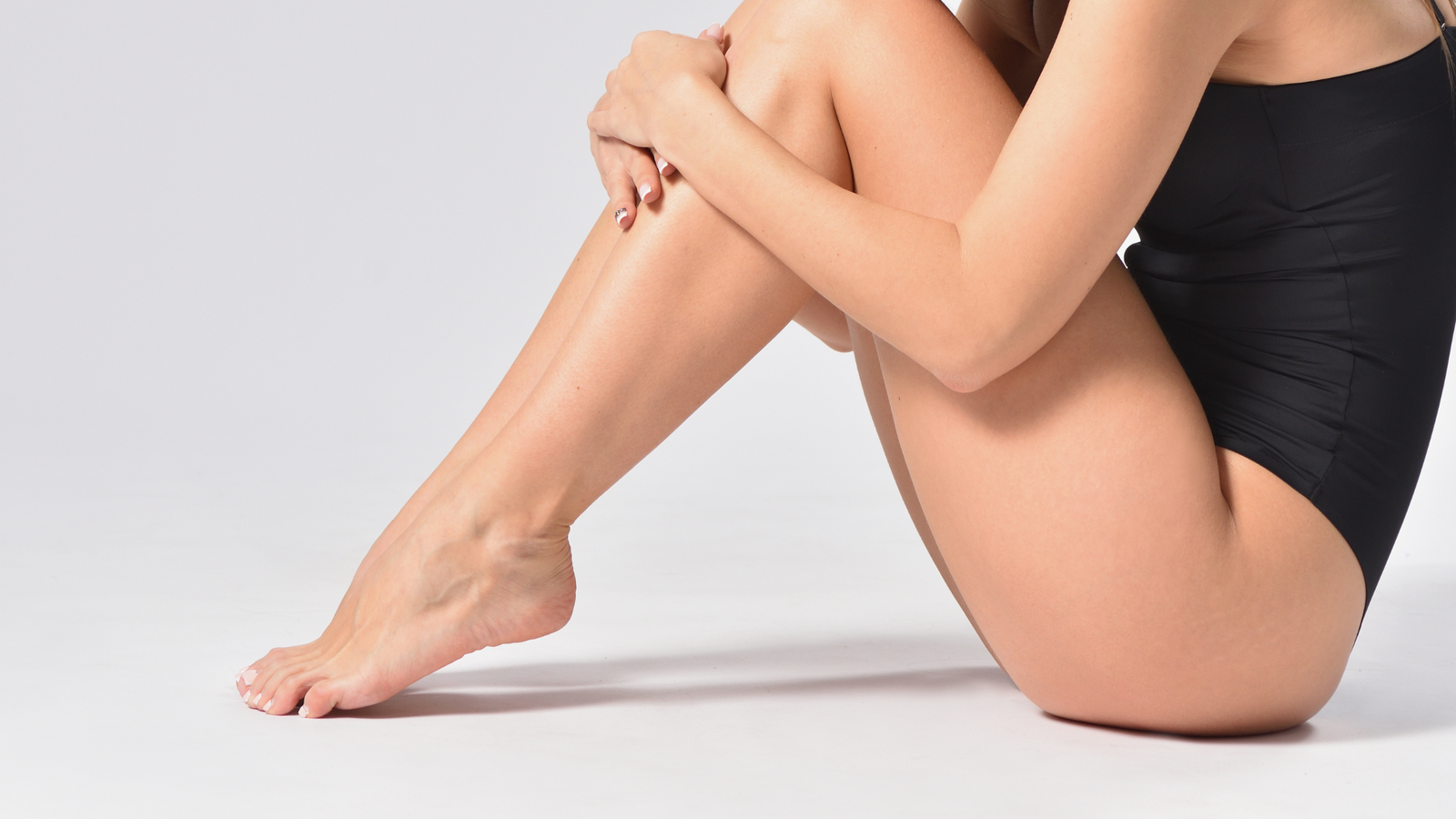
When it comes to yeast infections, the odds are not necessarily in your favor. Nearly 75% of women have experienced a yeast infection in their lives, and almost half will experience them more than once. But the more you know about yeast infections (aka vulvovaginal candiasis), the better you’ll be able to navigate them or even avoid them all together!
What is Candida?
Candida is a yeast (which is a type of fungus) that’s naturally found on the body. Yep - candida, and lots of other bacteria and fungi, hang out in places like your mouth, stomach, vagina, and on skin - including intimate skin. This crew of microorganisms, known as the microbiome, are usually harmless and can even contribute to overall health and wellbeing.
What is a Yeast Infection?
When candida in the vagina multiplies too quickly and becomes overgrown, it throws the microbiome out of balance and can cause an itchy vulvovaginal yeast infection.
How Do You Get Yeast Infections?
Candida overgrowth can happen to anyone, and it’s very common. There’s no one thing linked to yeast infections, but there are a number of risk factors, including:
- pH-Balance
- Tight/Wet Clothing
- Pregnancy
- Weakened Immune System
- Antibiotics
Is Candida a Sexually Transmitted Disease?
Yeast infections are not considered sexually transmitted infections, but can be transmitted during unprotected vaginal sex. If you have a yeast infection, it’s best to avoid having sexual contact with any partner until you’ve completed treatment.
Yeast Infection Symptoms
If you’ve got itchy sweet spots that no amount of scratching can calm withdischarge that’s thick or clumpy in consistency and has an unusual odor, these can indicate a yeast infection. One thing to remember is it’s notalwaysa yeast infection. These symptoms are also consistent with other intimate skin conditions like bacterial vaginosis, some sexually transmitted infections, or even an allergic reaction to something in your personal care routine. So before you head down the feminine care aisle for a drug store yeast infection cream, it’s important to contact your medical care provider for an accurate diagnosis.
How to Treat Candida Overgrowth
Once your doctor has confirmed your diagnosis, candida is relatively easy to treat. An antifungal yeast infection cream or oral yeast infection pill is typically prescribed and symptoms clear up in a few days. There are plenty of ideas for home remedies for yeast infections out there, but they are unlikely to be as effective as medical treatment. If left untreated, candida overgrowth will not clear up on its own.
How Can I Prevent Yeast Infections?
Maintaining healthy levels of bacteria and yeast on the vulva can go a long way. Wearing loose, cotton underwear is a good start. In the summer months, be sure to change out of that wet bathing suit quickly and after a workout, use a pH-balanced wipe for a quick cleanse.
If you’re prone to yeast imbalance, a prebiotic body wash like Microbiome Balancing Cleanser could be right for you. It’s made without common yeast food sources to help protect microbial balance and, of course, it’s pH-balanced to vulvar skin.
SHOP MICROBIOME BALANCING WASH
This website is for informational purposes only and not to be considered as medical advice. This information is not intended to diagnose, prescribe, treat, or cure any medical condition.




